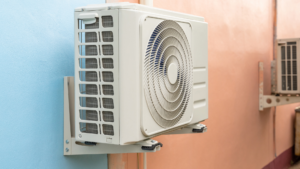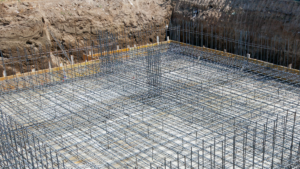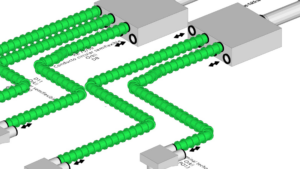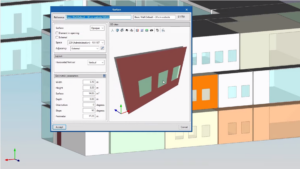
According to the BS EN 12845 standard, the area of operation is the maximum area over which the sprinklers are expected, for design purposes, to operate in a fire.
The most unfavourable area of operation is located in the hydraulic area furthest from the sprinkler installation, and in case of fire, the sprinklers inside this area will be activated.
Sprinkler installations in which one outbreak of fire causes all the sprinklers to be activated at the same time is something that only happens in films.
What is the area of operation?
Depending on the standards used and on the risk of the establishment where the sprinkler installation is designed, the most unfavourable area of operation will have a maximum area that includes the sprinklers that will be activated in the case of fire.
What is it used for?
The most unfavourable area of operation is used to size the booster set required to supply the whole network.
It is assumed that the sprinklers included in the most unfavourable area have the most demanding pressure of the whole network, and that if the booster set is able to provide the pressure to these sprinklers to meet the minimum pressure requirements of the regulations, the rest of the areas of operation will also meet them and the booster set will be considered as sized.
There is also the concept of most favourable area of operation. This area is used to size the tank, since the fire could occur in the area that is closest hydraulically to the booster set. The total flow obtained due to the K factor and the pressure in the sprinklers in this area of operation is the biggest flow of the whole system.
How is it determined?
Finding the most unfavourable area of operation is not a simple task, and the BS EN 12845 and the American NFPA 13 standards offer different ways to do this.
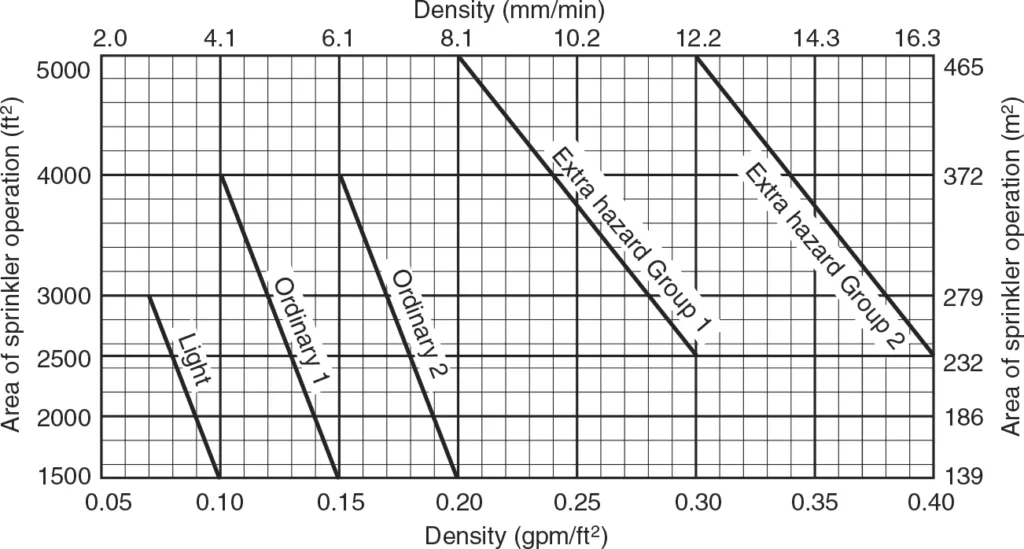
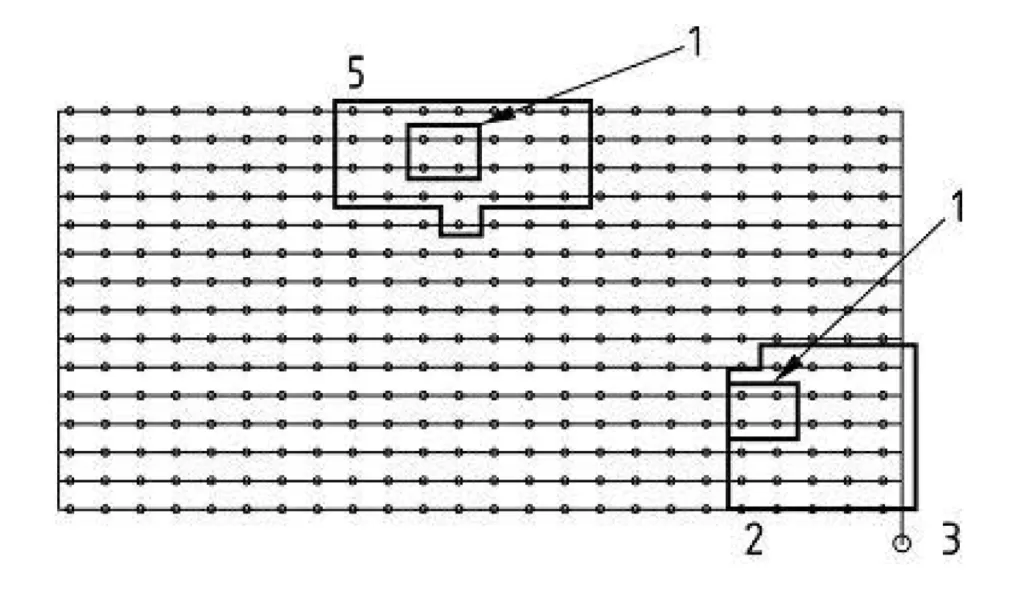
The BS EN 12845 standard indicates that the area of operation must be rectangular and symmetrical to the sprinkler configuration and shows the typical location of these areas in sprinkler systems.
If there are doubts about locating it, the calculations must be carried out for each one of the possible areas, and the one with the highest pressure/flow demand must be selected.
On the other hand, the NFPA 13 also shows the location of these areas in typical sprinkler configurations, as well as a method for finding them, which we will see below.
The calculation method provided in the NFPA 13 allows designers to find out the number of sprinklers and the shape of the area of operation.
Knowing the surface of the area of operation, following the Density/Area Method of the NFPA 13 and the surface of the protection area of the system’s sprinklers, we can calculate the total amount of sprinklers to be designed and the number needed per branch line.
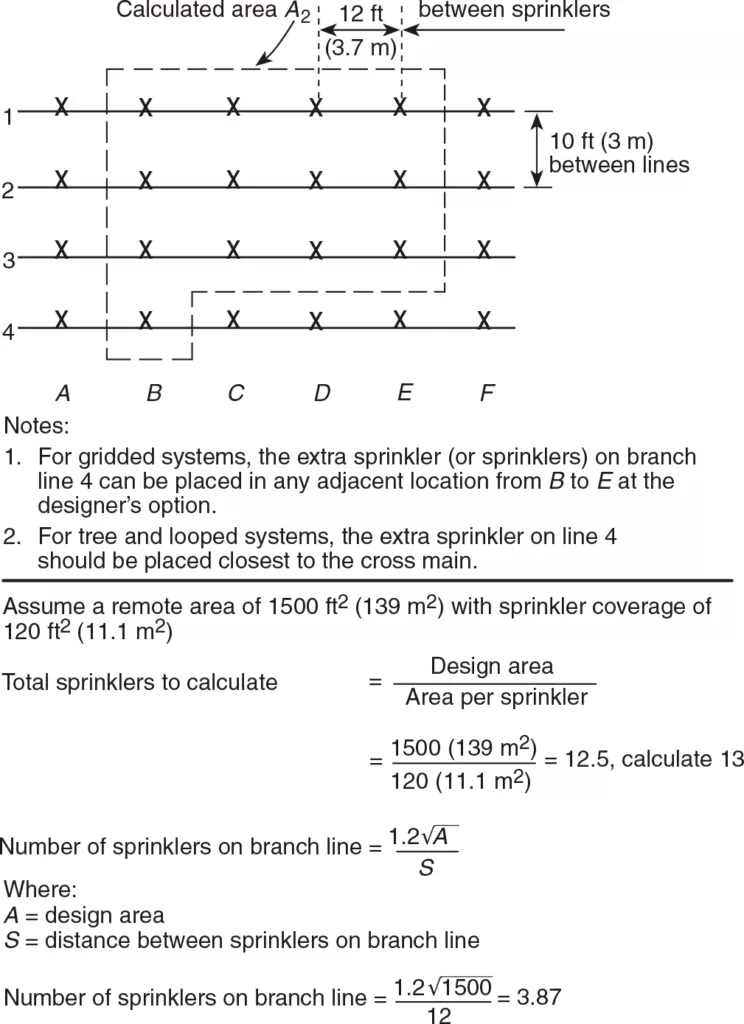
Conclusion
Finding the area of operation may require iterations at the beginning until the most unfavourable is found. This is a process that requires practise, and as more sprinkler installations are designed it will become easier to obtain it.

